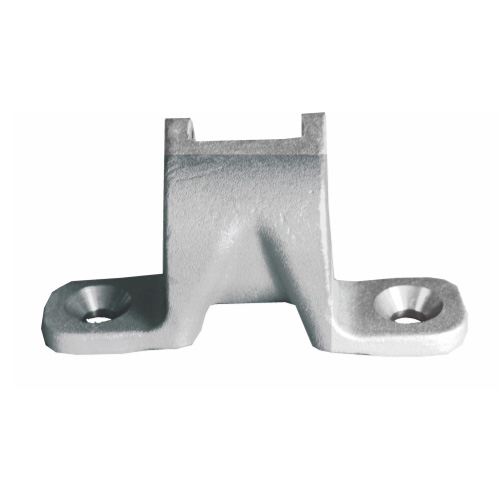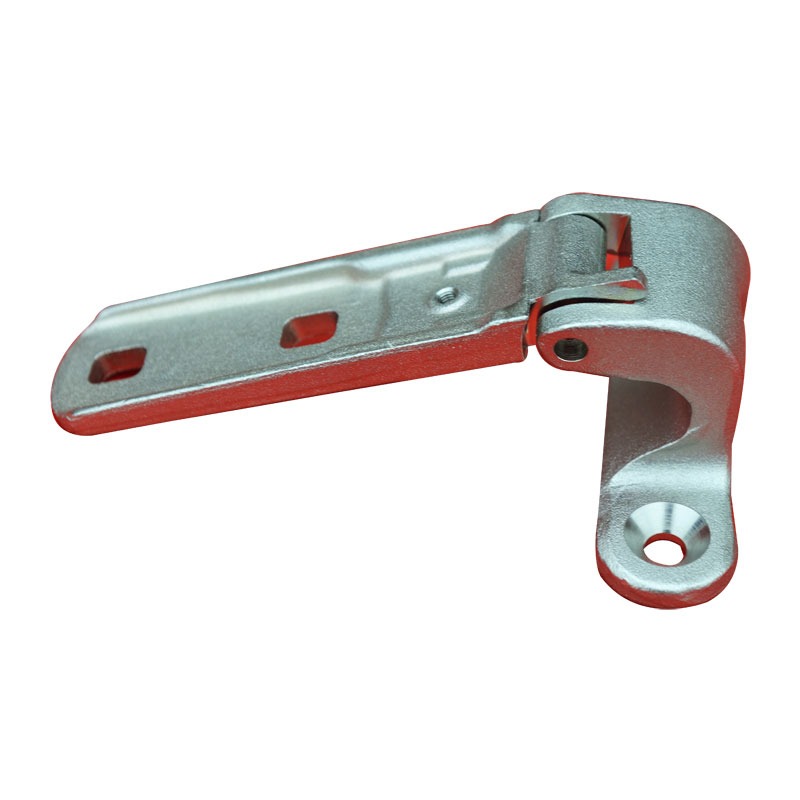What preparations should be made before forging?
2022-05-23
Preparation before forging includes selection of raw materials, calculation of materials, blanking, heating, calculation of deformation force, equipment selection, mold design. Before forging forging also need to choose a good lubrication method and lubricant.
Forging materials cover a wide range of both a variety of brands of steel and high temperature alloy, and aluminum, magnesium, titanium, copper and other non-ferrous metals; Both after a processing into different sizes of bars and profiles, and a variety of specifications of ingots; In addition to the extensive use of domestic materials suitable for our resources, there are materials from abroad. Most of the forged materials have been included in the national standards, but also a lot of new materials are developed, tried and promoted. As we all know, the quality of products is often closely related to the quality of raw materials, so for forging workers, it is necessary to have the necessary material knowledge, to be good at selecting the most appropriate material according to the process requirements.
Calculating and blanking is one of the important links to improve the material utilization rate and realize the finishing of blank. Too much material not only causes waste, but also aggravates die wear and energy consumption. If the blanking does not leave a little margin, it will increase the difficulty of process adjustment and increase the rejection rate. In addition, the quality of cutting end face also has an impact on the process and forging quality.
The purpose of heating is to reduce forging deformation force and improve metal plasticity. But heating also brings a series of problems, such as oxidation, decarbonization, overheating and burning. Accurate control of initial and final forging temperature has great influence on product structure and properties.
Flame furnace heating has the advantages of low cost, strong applicability, but the heating time is long, easy to produce oxidation and decarbonization, working conditions also need to constantly improve. Electroinduction heating has the advantages of rapid heating and less oxidation, but it has poor adaptability to product shape, size and material change.
Forging is produced under the action of external force, so the correct calculation of deformation force is the basis for selecting equipment and checking die. The stress and strain analysis of the deformed body is also necessary to optimize the process and control the microstructure and properties of forgings.
There are four main analysis methods of deformation force. Although the principal stress method is not very strict, it is simple and intuitive, and can calculate the total pressure and the stress distribution on the contact surface between the workpiece and the tool. The slip line method is strict for plane strain problems, and it is more intuitive to solve the stress distribution for local deformation of high parts, but its application scope is narrow. The upper bound method can give the overestimated load and the upper bound element can also predict the shape change of the workpiece during deformation.
The finite element method can not only give the external load and the change of the workpiece shape, but also give the internal stress and strain distribution. The disadvantage is that the computer needs more time, especially when solving according to the elastic-plastic finite element method, the computer needs larger capacity and longer time. Recently there has been a tendency to adopt a joint approach to problem analysis, e.g. The upper bound method is used for rough calculation, and the finite element method is used for fine calculation in key parts.
Reduce friction, not only can save energy, but also can improve the life of the mold. Because the deformation is relatively uniform, it is helpful to improve the microstructure of forging, and one of the important measures to reduce friction is to use lubrication. Because of the difference of forging way and working temperature, the lubricant used is also different. Glass lubricants are used in high temperature alloy and titanium alloy forging. For hot forging of steel, water-based graphite is a widely used lubricant. For cold forging, due to high pressure, the forging also needs phosphate or oxalate treatment.
Forging materials cover a wide range of both a variety of brands of steel and high temperature alloy, and aluminum, magnesium, titanium, copper and other non-ferrous metals; Both after a processing into different sizes of bars and profiles, and a variety of specifications of ingots; In addition to the extensive use of domestic materials suitable for our resources, there are materials from abroad. Most of the forged materials have been included in the national standards, but also a lot of new materials are developed, tried and promoted. As we all know, the quality of products is often closely related to the quality of raw materials, so for forging workers, it is necessary to have the necessary material knowledge, to be good at selecting the most appropriate material according to the process requirements.
Calculating and blanking is one of the important links to improve the material utilization rate and realize the finishing of blank. Too much material not only causes waste, but also aggravates die wear and energy consumption. If the blanking does not leave a little margin, it will increase the difficulty of process adjustment and increase the rejection rate. In addition, the quality of cutting end face also has an impact on the process and forging quality.
The purpose of heating is to reduce forging deformation force and improve metal plasticity. But heating also brings a series of problems, such as oxidation, decarbonization, overheating and burning. Accurate control of initial and final forging temperature has great influence on product structure and properties.
Flame furnace heating has the advantages of low cost, strong applicability, but the heating time is long, easy to produce oxidation and decarbonization, working conditions also need to constantly improve. Electroinduction heating has the advantages of rapid heating and less oxidation, but it has poor adaptability to product shape, size and material change.
Forging is produced under the action of external force, so the correct calculation of deformation force is the basis for selecting equipment and checking die. The stress and strain analysis of the deformed body is also necessary to optimize the process and control the microstructure and properties of forgings.
There are four main analysis methods of deformation force. Although the principal stress method is not very strict, it is simple and intuitive, and can calculate the total pressure and the stress distribution on the contact surface between the workpiece and the tool. The slip line method is strict for plane strain problems, and it is more intuitive to solve the stress distribution for local deformation of high parts, but its application scope is narrow. The upper bound method can give the overestimated load and the upper bound element can also predict the shape change of the workpiece during deformation.
The finite element method can not only give the external load and the change of the workpiece shape, but also give the internal stress and strain distribution. The disadvantage is that the computer needs more time, especially when solving according to the elastic-plastic finite element method, the computer needs larger capacity and longer time. Recently there has been a tendency to adopt a joint approach to problem analysis, e.g. The upper bound method is used for rough calculation, and the finite element method is used for fine calculation in key parts.
Reduce friction, not only can save energy, but also can improve the life of the mold. Because the deformation is relatively uniform, it is helpful to improve the microstructure of forging, and one of the important measures to reduce friction is to use lubrication. Because of the difference of forging way and working temperature, the lubricant used is also different. Glass lubricants are used in high temperature alloy and titanium alloy forging. For hot forging of steel, water-based graphite is a widely used lubricant. For cold forging, due to high pressure, the forging also needs phosphate or oxalate treatment.


X
We use cookies to offer you a better browsing experience, analyze site traffic and personalize content. By using this site, you agree to our use of cookies.
Privacy Policy



